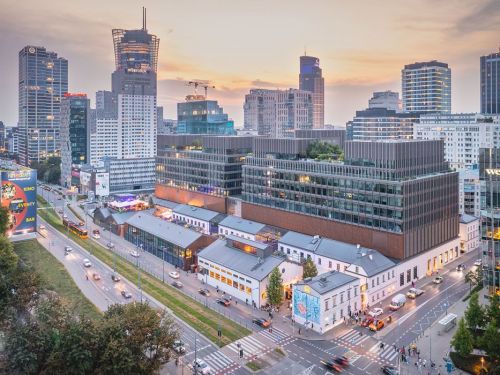Confusing year-on-year results were also reported by the largest players in the sector with the Dom Development, selling the most: 1,762 apartments in H1 (up 6.8 pct y-o-y); Murapol being slightly down (1,696 apartments, -5.7 pct y-o-y), and Atal – up 26,3 pct y-o-y with 1,616 apartments sold. Robyg breached the 1,000 units sold mark with 1,077, but this was a y-o-y decrease of 29 pct. “We saw prices grow slower on the residential market in the last quarter, despite the continued demand,” points out Jarosław Szanajca, the CEO of Dom Development. “Interest in new apartments remained high, especially among those buying real estate for themselves. Persistent low interest rates, low unemployment and rising real-term salaries with mortgages readily available encouraged individual customers to buy property. As in previous quarters, cash purchases accounted for around 40 pct of our sales at Dom Development. In the last quarter, we saw prices of most materials stabilis































































